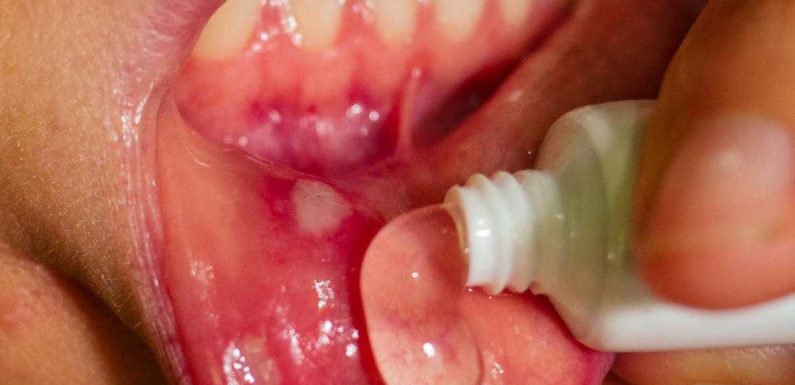
How to recognize Benign Tumors of the Oral Cavity?
Benign tumors of the oral cavity, the non-cancerous growths that can occur at the lips, tongue, gums, cut and palate, or other tissue areas inside the mouth. The benign oral tumors have a tendency to not life-threatening, but it can also create discomfort or affect oral function due to untreated growth as explained by a family and cosmetic dentistry in Jackson Heights. There is a brief explanation of the benign tumors of the oral cavity included types, symptoms, and diagnosis in this article.
Types of Benign Tumors of the Oral Cavity;
- Benign fibroma tumors;
The fibroma is the common benign tumor at the oral cavity that occurs in the fibrous connective tissue area and grows rapidly. Fibroma does not require instant treatment but can be irritated or ulcerated due to trauma or friction. It looks like a pink or smooth nodules in the gums, tongue, or cheek areas.
- Pyogenic granulomas
Pyogenic granulomas are caused by trauma, pregnancy, and irritants and called the pregnancy tumor. They are a rapidly growing red or purple mass that bleeds severely. They appear on the gingiva, but they are benign lesions that can appear in areas of oral mucosa.
- Peripheral giant cell granuloma
Peripheral giant cell granuloma appearance as red or red-purple masses on the gums or jawbone. They can cause tooth displacement or mass swelling but are painless due to patient’s concern.
What are the Symptoms of Benign Tumor of the Oral Cavity?
- The swelling appears on the mouth as a lump which is painful or sensitive to touch
- Persistent mouth ulceration
- Bleeding of the tumor on touch
- The change in the color or appearance in the crust or spots on the oral tissue.
- Tooth displacement
- Changes in bite
- Discomfort in chewing, eating or speaking
Diagnosis for Benign Tumors of the Oral Cavity:
- Physical examination: your dentist or oral surgeon will carefully check in your mouth to have an overview of the cavity, and sometimes they use a special lighted instrument known as an oral scope to check hard-to-reach areas.
- Biopsy: A small sample of tissue will be removed from the tumor and be closely examined under a microscope so as to establish if the growth is benign or malignant.
- Imaging tests: X-rays, CT scans, or MRI scans to see the size and location of the tumor and its relation with other surrounding structures.
In summary, early detection and treatment of benign oral tumors prevent their development into a complex and intense disease that may result in fatalities. Seek advice from your dentist or oral surgeon if you are suspicious of any lumps, swelling, or lesions in your mouth for prompt and appropriate treatment.








